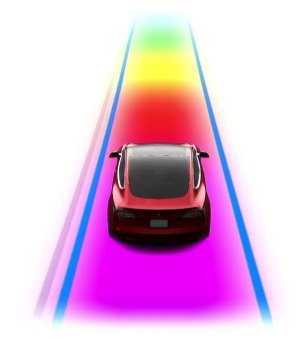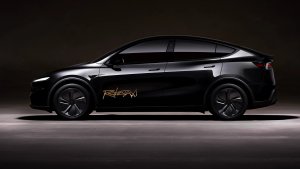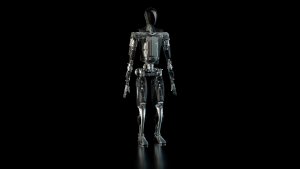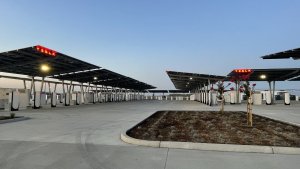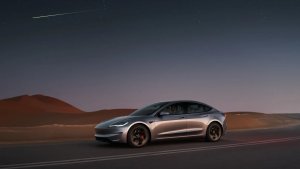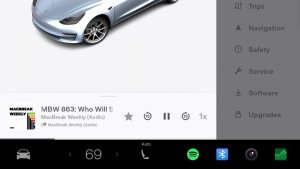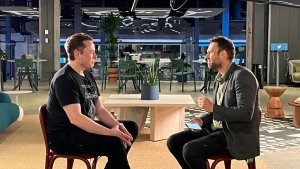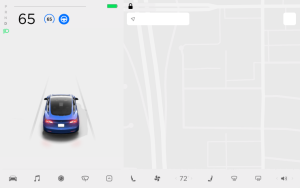Tesla's Blueprint for Autonomy: Redundancy, Teleoperators, Hubs
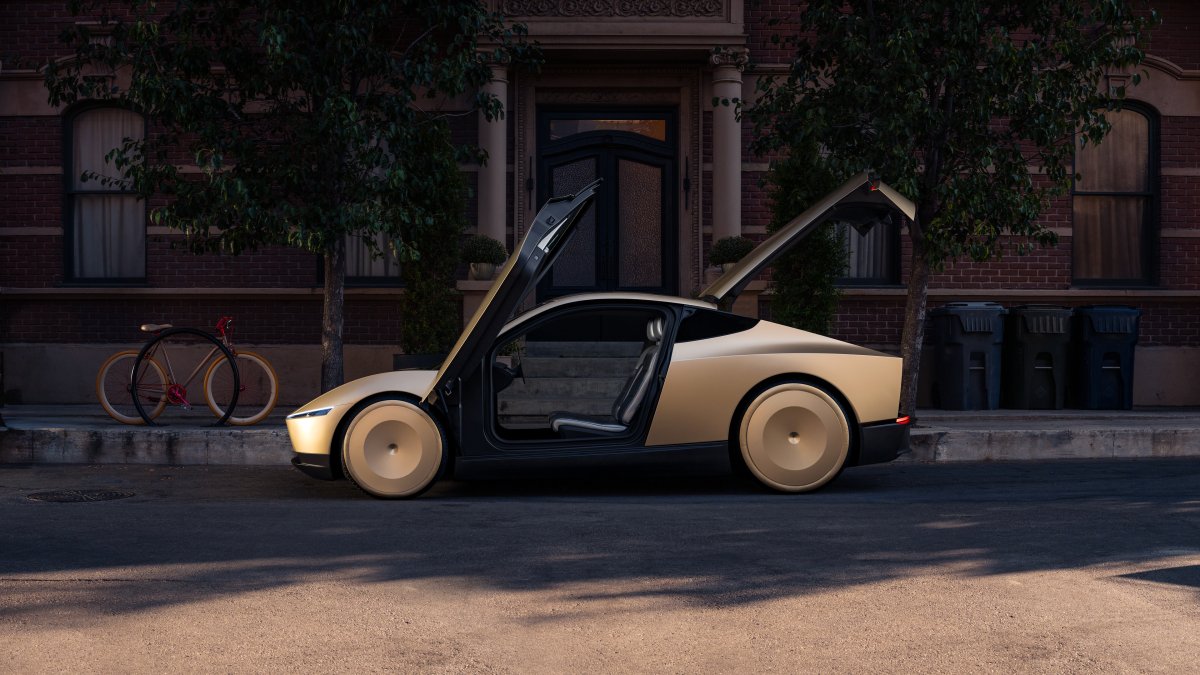
Tesla’s ambitions extend far beyond electric vehicles, with the company recently saying its goal is sustainable abundance. However, solving vehicle autonomy and deploying a large-scale Robotaxi network are key steps toward that goal.
Today, FSD Supervised offers a glimpse into what an autonomous vehicle will be capable of, but the journey to truly autonomous vehicles involves several interconnected pillars that are in development.
The FSD Journey
The foundation of Tesla’s ambitions is in FSD, which has been on a long, iterative journey. The end goal for FSD is to power both autonomous vehicles, as well as Optimus, Tesla’s humanoid robot.
FSD’s journey began with FSD Beta, an initial phase of real-world testing and extensive data gathering with real users. The first batch of users were influencers on Twitter and YouTube. Tesla eventually opened up FSD Beta to more owners with their Safety Scores in the United States, and then the program rolled out to Canada. Shortly afterward, the Safety Score requirement was removed, and Tesla offered FSD Beta to anyone who purchased FSD or subscribed to FSD. This process took place over several years.
In Spring of 2024, Tesla removed the Beta label and formally introduced FSD (Supervised). FSD Supervised dropped the vast majority of Tesla’s hand-written code and adopted an approach that relied on end-to-end AI networks. This was an important architectural shift, where AI took over most input and output, meaning that AI was controlling the brake and accelerator for the first time.
With the launch of FSD v12.5, FSD also became a hands-free experience with vehicles with a cabin camera. The steering wheel nag was finally gone.
FSD Unsupervised
Now, Tesla is focused on the Robotaxi - with the ultimate objective of deploying a functional version of FSD (Unsupervised). Tesla is already using FSD Unsupervised for logistical tasks, such as moving vehicles from the production line to the outbound delivery lots at Fremont and Giga Texas.
Tesla has also been testing FSD Unsupervised in California and Texas, albeit with safety drivers - ahead of the upcoming launch of the Robotaxi Network in Austin. While some reports from analysts like Adam Jonas have mentioned that Tesla intends to remotely supervise the fleet with teleoperators, we expect that the teleoperation will be limited to getting vehicles out of precarious situations and evaluating fleet performance.
FSD’s entire evolutionary process is fuelled by the vast amounts of data gathered from millions of Tesla vehicles on the road, enabling the AI to continuously learn and improve from an unparalleled diversity of real-world encounters. Tesla takes massive swathes of data and then automatically annotates them with key labeling parameters to prioritize for its learning suite.
Computational Hardware
Training and executing these increasingly sophisticated AI models demands immense computing power, both within the vehicles themselves and within Tesla’s growing data centers. In the car, FSD hardware has jumped from HW3 to the current AI4.
However, with V13 already pushing AI4 to its limits due to the increasingly intensive demands of larger and more complex AI models, the upcoming AI5 hardware is expected to further improve in-vehicle processing by increasing memory and compute power. That’s not to say AI4 won’t be able to achieve autonomy, but AI5 is expected to be safer in the long term due to its increased processing power.
Parallel to in-vehicle hardware is Tesla’s multi-billion dollar investments in its own supercomputing infrastructure. This includes Dojo, Tesla’s custom-built supercomputer specifically designed for machine learning and processing massive amounts of video data. Alongside the still-in-prototype phase Dojo, Tesla has already deployed Cortex 1.0 on the south side of Giga Texas, with Cortex 2.0 just recently announced for the north side. These two facilities are both large-scale GPU clusters and will be responsible for FSD development for the foreseeable future.
Everything Needed for a Robotaxi Network
For a Robotaxi service to be successful and widely adopted, the experience from opening the app to stepping out at your destination must be as seamless as possible for users and highly efficient for fleet operations. This necessitates building an entire ecosystem around the autonomous vehicle and the network.
A core component of this will be inside the Tesla App, in the Robotaxi section. We’ve previously seen some glimpses into the details, including user interaction, ride-hailing, and managing journey preferences.
Minimizing human interaction and maximizing fleet uptime is key. Robotaxis must be able to sustain themselves effectively - and wireless charging is Tesla’s go-to solution. With the addition of wireless charging to V4 Superchargers in the future, Unsupervised autonomy will be able to expand even further than the current limits - which are based around network hubs that provide two key services - charging and cleaning.
That second key service - cleaning - is another big item. Users won’t mind a less luxurious vehicle if it’s cheaper, but it needs to be clean. Tesla has already shown off its robotaxi cleaning robot, which will be deployed at those network hubs. While this may seem like an ideal job for Optimus, Tesla needs to get its network rolling today - and a single robotic arm specialized to the task could be cheaper and faster than employing a humanoid robot. Although, you can bet that Tesla is already thinking about Optimus for such a role in the future.
Beyond the user-facing aspects, Tesla will need to have a sophisticated fleet management and operational logistics hub. For Tesla, this means intelligent dispatch algorithms, utilizing real-time fleet monitoring, predictive scheduling for times of use, charging, and maintenance, as well as a degree of teleoperation or supervision for critical incidents.
The Vehicle
The physical vehicle itself is, of course, a critical element in this entire plan. The vehicle itself needs specific attributes that can enable safe and reliable autonomous operation. Tesla has remained steadfast in their vision-only approach, and have demonstrated that processing data from cameras, much like the human eyes, is the most scalable path to achieving general autonomy.
For Unsupervised autonomy, especially in a commercial robotaxi service, robust hardware redundancy is non-negotiable. While today’s Teslas already offer backup solutions for many critical systems such as braking and steering, redundant FSD computer nodes can help to make sure the vehicle can maintain control or even pull over to reach a safe area in the event of a critical incident.
While Tesla intends to begin its Robotaxi pilot with the Model Y, the upcoming Cybercab is expected to host two AI4 FSD computers, which will increase FSD’s redundancy and improve the safety margin. The Cybercab, unlike many other Robotaxi-esque vehicles, is being engineered from the ground up specifically around Tesla’s Robotaxi service. It’s optimized for low-cost manufacturing, high utilization, and durability while also being easy to maintain, charge, and clean.
Regulation and Trust
Solving autonomy extends far beyond just software or engineering innovations. It also involves navigating a complex and evolving regulatory landscape. Gaining approvals for fully autonomous commercial operations from authorities like the National Highway Traffic Safety Administration (NHTSA) at the federal level, as well as various state and local bodies, is a significant and ongoing challenge for Tesla.
Winds have changed in the United States for autonomy with new federal autonomous vehicle frameworks looking to standardize the rules and regulations for autonomous vehicles. These frameworks are just the start to actually getting laws in-place that will allow for the operation of Robotaxis outside of smaller jurisdictions.
Equally important is building public trust and acceptance. While people who use FSD swear by it, the average vehicle owner in North America will still be utterly awestruck or panic when they see a Tesla being Summoned from its parking spot to the curb.
Building trust is essential - because nobody will step into a vehicle without a driver and without any means of controlling it unless Tesla can demonstrate consistent safety. That consistent safety must be drastically better than human drivers, and Tesla must be transparent with how it reaches its safety milestones in order to encourage the adoption of autonomous ride-hailing.
Tesla’s approach to autonomy is a vertically integrated strategy that touches every aspect of the challenge - from the fundamental AI software and custom silicon that powers it to the massive processing infrastructure, the physical vehicle hardware, and the entire operational ecosystem required for a future Robotaxi service.
While there will no doubt be challenges, this June, Tesla starts its journey toward an autonomous future.











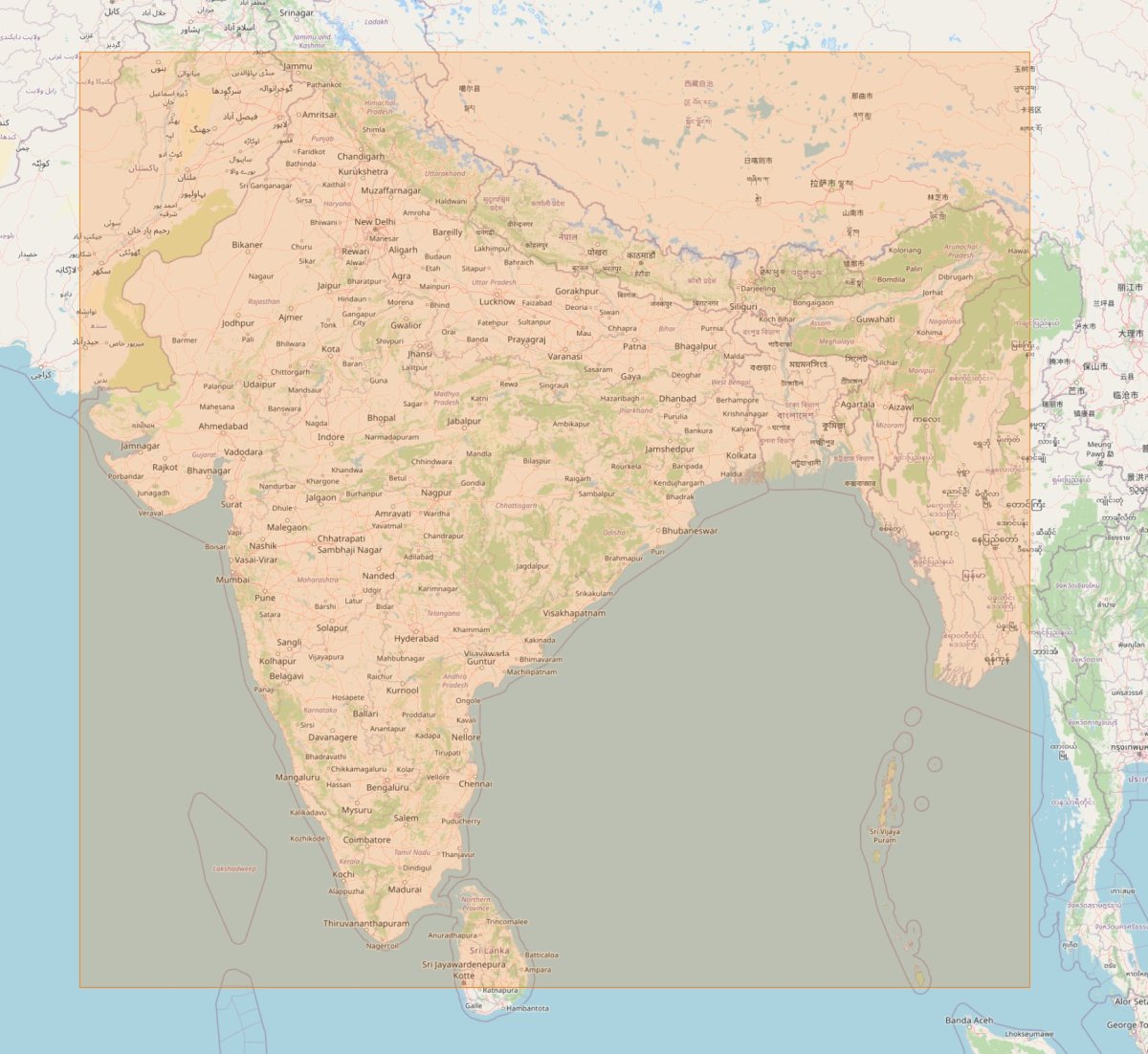
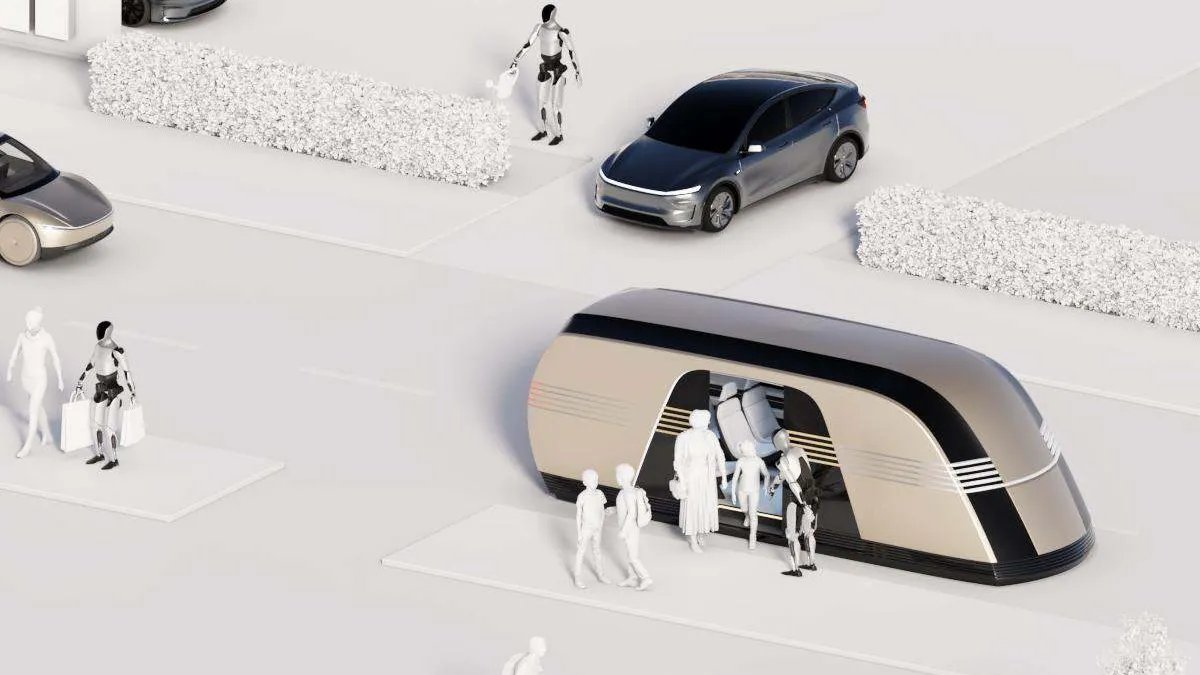


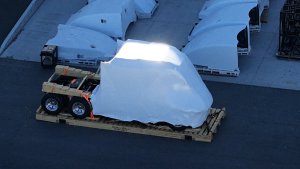
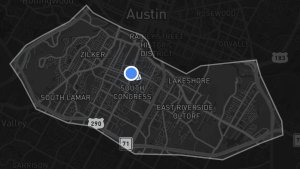
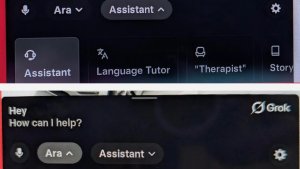
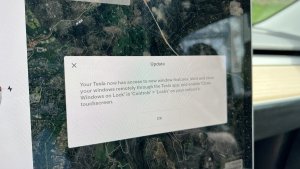
_300w.png)

